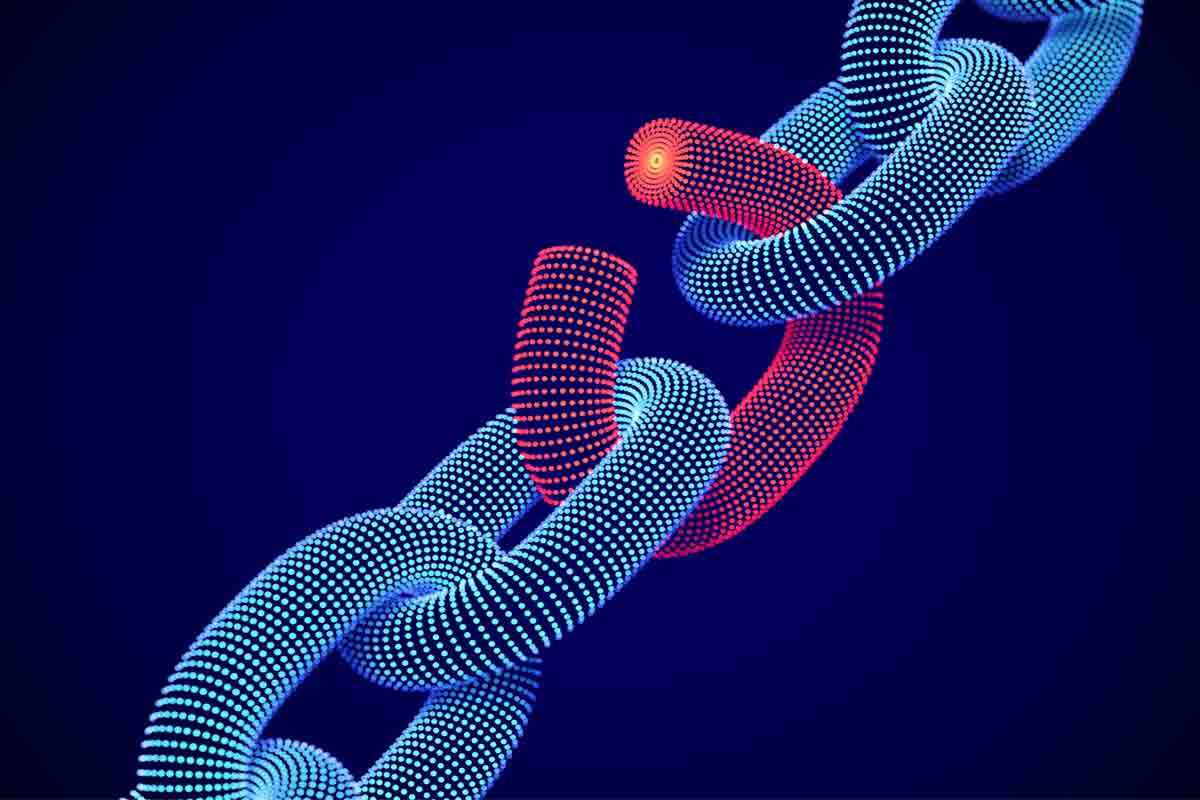Two Patients With Delayed Neuropsychiatric Sequelae Caused by Exposure to Carbon Monoxide Under the Same Conditions
To the Editor: The appearance of neuropsychiatric symptoms after recovery from disturbance of consciousness due to the progression of cerebral white matter demyelinating foci and the subsequent death of neurocytes associated with acute carbon monoxide (CO) poisoning is generally called delayed neuropsychiatric sequelae (DNS). We report 2 patients, a man and a woman, who were exposed to CO under the same conditions with suicidal intent and suffered from DNS. The findings and progression common in the 2 patients in this report may suggest the conditions for manifestation of DNS.
A 34-year-old man (Mr A) and a 23-year-old woman (Ms B) were exposed in 2011 to CO from charcoal combustion inside the same vehicle after overdosing on prescription drugs and were found with disturbance of consciousness. Their consciousness levels were both JCS (Japan Coma Scale) 300 when the ambulance crew arrived on site and JCS 200 upon arrival at the advanced emergency medical care center. Their progression was as shown below.
Case 1. During transfer, Mr A had flaccid paralysis of extremities and pressure ulcers in the heel regions, low back, and shoulders. Chest computed tomography (CT) showed bilateral pneumonia images, and head CT showed low-density areas in the bilateral globus pallidus. Blood tests showed inflammatory response, dehydration, hyperamylasemia, severe hepatic dysfunctions, and creatine kinase elevation with a carboxyhemoglobin (CO-Hb) level of 1.9%. His urine drug screening by Triage DOA (Drugs of Abuse; SYSMEX Corporation, Kobe, Japan) was positive only for benzodiazepine. He was hospitalized with a diagnosis of acute CO poisoning, pneumonia, dehydration, and rhabdomyolysis and was administered hyperbaric oxygen therapy (HBOT) on consecutive days from the first day of hospitalization.
He had clear sensorium and regained functional communication on the third day after intake and was hospitalized in the psychiatric ward on the fourth day after intake. He was administered HBOT 7 times in total. On the 14th day after intake, while the 3T magnetic resonance imaging (MRI) showed low-oxygen damage in the entire cerebrum, his myelin basic protein (MBP) level in spinal fluid was lower than the reference value of 40 pg/mL. On the 29th day after intake, however, gradually progressing dementia symptoms appeared with disorientation and cognitive decline, and he resumed HBOT on the 34th day after intake with a diagnosis of DNS. The symptoms continued to worsen gradually with marked mutism and akinesia, difficulties in communication, urinary and fecal incontinence, and parkinsonism. He temporarily became bedridden with limb rigidity. As a result of continued HBOT, however, the aforementioned symptoms generally improved, with a Mini-Mental State Examination (MMSE)1 score of 20 on the 75th day after intake and 30 after passing the 160th day of hospitalization.
Case 2. During transfer, Ms B had pressure ulcers on the back of her head. She had decorticate rigidity, increased tendon reflexes of 4 limbs, and positive bilateral Babinski signs. She showed hyperleukocytosis, hepatic dysfunctions, hyperamylasemia, and creatine kinase elevation with a CO-Hb level of 1.1%. Her urine drug screening by Triage was positive for benzodiazepine. The chest x-ray examination showed the pneumonia image, and head CT showed low-density areas in the bilateral globus pallidus. She was hospitalized with a diagnosis of acute CO poisoning, pneumonia, dehydration, and rhabdomyolysis.
On the third day after intake, her consciousness level improved to JCS 2; however, she was transferred to the psychiatric ward for difficulties in communication. On the fifth day after intake, she had clear sensorium, and HBOT was discontinued after 7 times in total. On the 14th day after intake, while the 3T MRI showed strong damage in the entire cerebrum, her MBP level in spinal fluid was lower than the reference value. Her MMSE score was 24 on the 19th day after intake, but bizarre behaviors and disorientation appeared on the 27th day after intake. Later, agnosia, urinary incontinence, apraxia, brachybasia, and signs of parkinsonism such as short-stepped gait appeared, and cognitive dysfunction was also observed, with the MMSE score on the 30th day after intake dropping to as low as 10. She resumed HBOT on the 34th day after intake with a diagnosis of DNS and started internal administration of prednisolone at a dose of 20 mg/d and donepezil hydrochloride at a dose of 3 mg/d. She temporarily became bedridden all day long with difficulties in communication due to mutism and akinesia. As a result of administration of HBOT on consecutive days, however, she gradually recovered from cognitive dysfunctions and parkinsonism, and her MMSE score improved up to 30 on the 103rd day after intake. HBOT was discontinued after 47 times in total since identification of DNS, and she was discharged from the hospital on the 107th day after intake.
The 2 patients in this report were exposed to CO under almost the same conditions and developed DNS, with many similarities in the laboratory findings and progression.
Similarities in clinical symptoms include severe disturbance of consciousness, the associated formation of pressure ulcers, and the time of appearance and symptoms of DNS. In addition, both patients developed DNS symptoms approximately 4 weeks after hospitalization. They showed parkinsonism that started with agnosia and apraxia, gradually developed cognitive dysfunctions, and finally ended in mutism and akinesia.
Similarities in terms of laboratory findings include a low CO-Hb level, hepatic dysfunctions, creatine kinase elevation, hyperamylasemia most likely due to hypersalivation after overdosing, low-density areas in the globus pallidus shown in head CT, pneumonia images shown in the chest x-ray examination, positive urine drug Triage for benzodiazepine, findings of cerebral hypoxia in 3T MRI, and MBP levels in spinal fluid lower than the reference value.
Our findings suggest that patients with severe acute disturbance of consciousness indicative of prolonged hypoxia and CT/blood test findings such as pallidal low-density areas in head CT, creatine kinase elevation, hyperamylasemia, and hepatic dysfunctions should be subjected to long-term follow-up from the early stage on the presumption of DNS symptoms.
Reference
1. Folstein MF, Folstein SE, McHugh PR. “Mini-mental state.” A practical method for grading the cognitive state of patients for the clinician. J Psychiatr Res. 1975;12(3):189-198. PubMed doi:10.1016/0022-3956(75)90026-6
Author affiliations: Department of Neuropsychiatry (Drs Kudo, Sanjo, Koizumi, Koeda, Otsuka, and Sakai), Division of Hyperbaric Medicine (Dr Beppu), and Department of Critical Care Medicine (Drs Koizumi, Koeda, and Endo), School of Medicine, Iwate Medical University, Morioka, Japan.
Financial disclosure: None reported.
Funding/support: None reported.
Published online: May 24, 2012.
Prim Care Companion CNS Disord
2012;14(3):doi:10.4088/PCC.11l01316
© Copyright 2012 Physicians Postgraduate Press, Inc.




